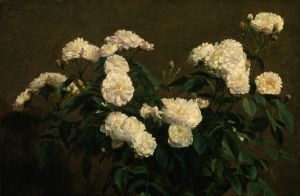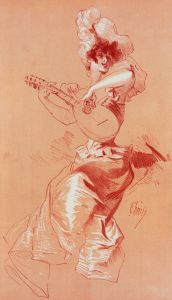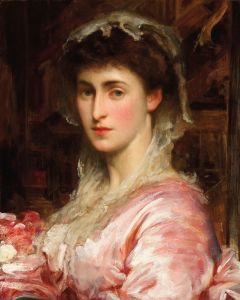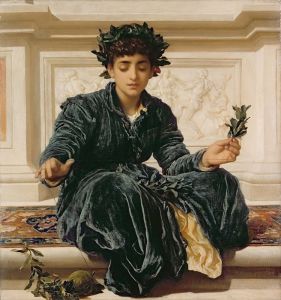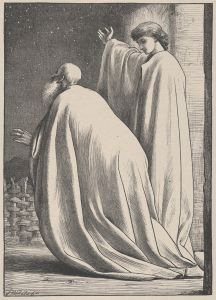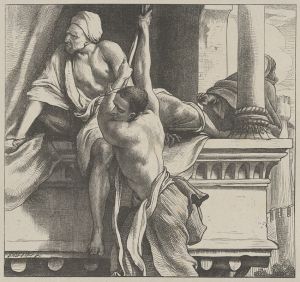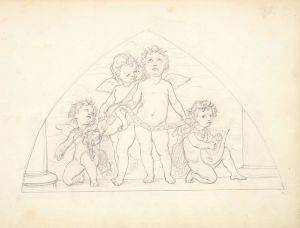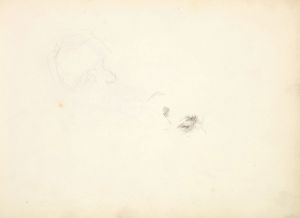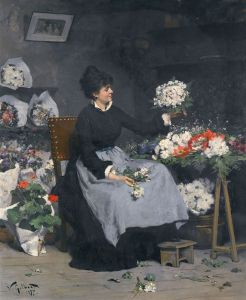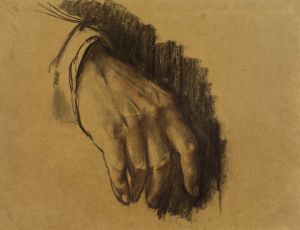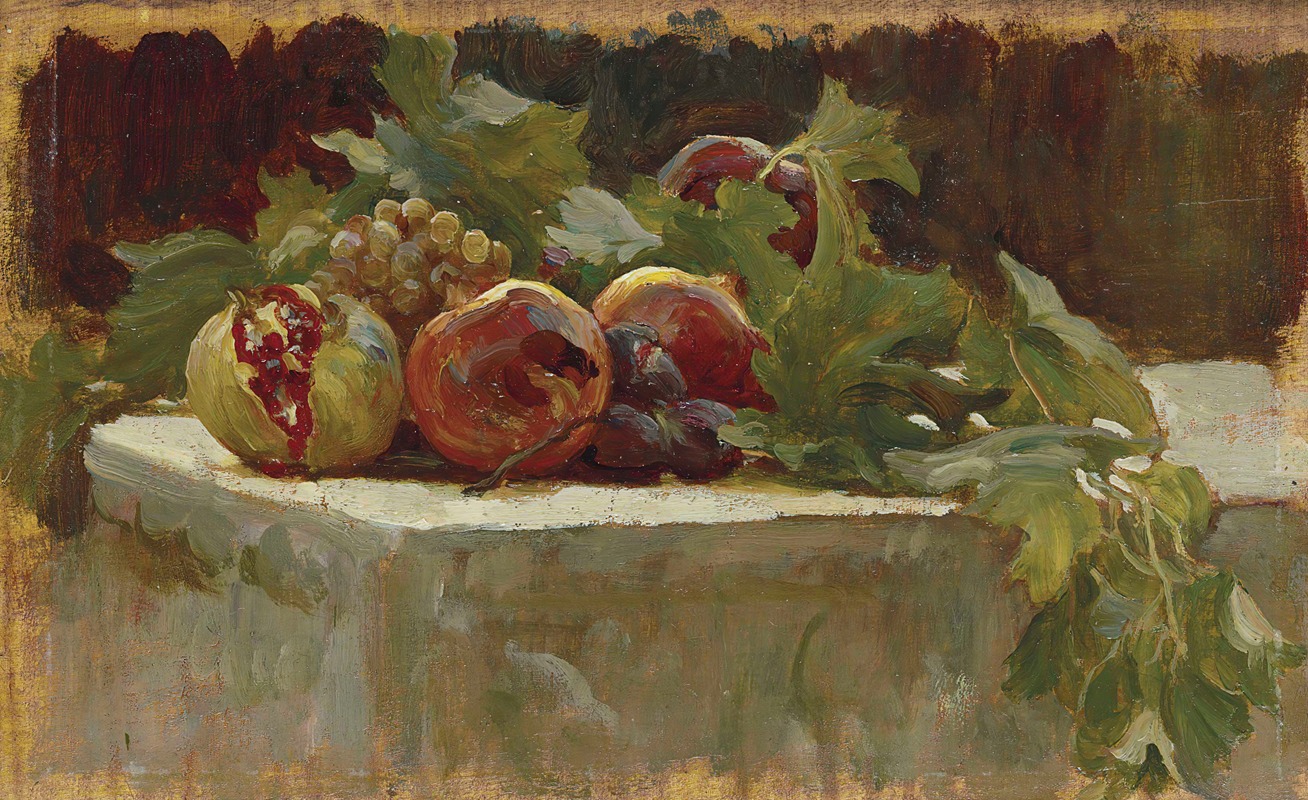
Still Life Study for ‘Clytie’
A hand-painted replica of Frederic Leighton’s masterpiece Still Life Study for ‘Clytie’, meticulously crafted by professional artists to capture the true essence of the original. Each piece is created with museum-quality canvas and rare mineral pigments, carefully painted by experienced artists with delicate brushstrokes and rich, layered colors to perfectly recreate the texture of the original artwork. Unlike machine-printed reproductions, this hand-painted version brings the painting to life, infused with the artist’s emotions and skill in every stroke. Whether for personal collection or home decoration, it instantly elevates the artistic atmosphere of any space.
"Still Life Study for ‘Clytie’" is a painting by Frederic Leighton, an eminent British artist of the 19th century. Frederic Leighton, later known as Lord Leighton, was a leading figure in the Victorian art world and served as the President of the Royal Academy of Arts from 1878 until his death in 1896. He is renowned for his works that often depict classical themes and figures, executed with meticulous attention to detail and a refined sense of composition.
"Still Life Study for ‘Clytie’" is a preparatory work for one of Leighton’s larger and more ambitious paintings, "Clytie." The study focuses on the detailed representation of objects that would later appear in the final composition. Still life studies were a common practice among artists of Leighton’s time, allowing them to explore and perfect the depiction of individual elements before integrating them into a more complex scene.
The subject of the final painting, "Clytie," is drawn from classical mythology. Clytie was a water nymph who fell in love with the sun god, Helios. According to the myth, Clytie was spurned by Helios, who preferred another nymph, Leucothoe. Heartbroken, Clytie pined away and was eventually transformed into a sunflower, which perpetually turns its face toward the sun. This mythological narrative provided rich material for Leighton, who was known for his interest in classical antiquity and his ability to convey deep emotion through his art.
In "Still Life Study for ‘Clytie’," Leighton’s skill in rendering textures and forms is evident. The study likely includes elements such as flowers, drapery, or other objects that would appear in the final painting. These studies were crucial for artists to understand how light, shadow, and color interact with different surfaces and materials. Leighton’s attention to detail in these preparatory works ensured that the final composition would be both technically precise and aesthetically harmonious.
Leighton’s work, including his studies, reflects the broader trends of the Victorian era, which saw a revival of interest in classical themes and a high value placed on technical mastery and academic training. His paintings often exhibit a blend of idealized beauty and emotional depth, characteristics that made him one of the most celebrated artists of his time.
"Still Life Study for ‘Clytie’" is an example of Leighton’s dedication to his craft and his methodical approach to painting. While the study itself may not be as widely recognized as the final work, it provides valuable insight into the artist’s process and the meticulous preparation that underpinned his larger compositions. Leighton’s legacy continues to be appreciated by art historians and enthusiasts, and his works remain significant examples of 19th-century British art.






